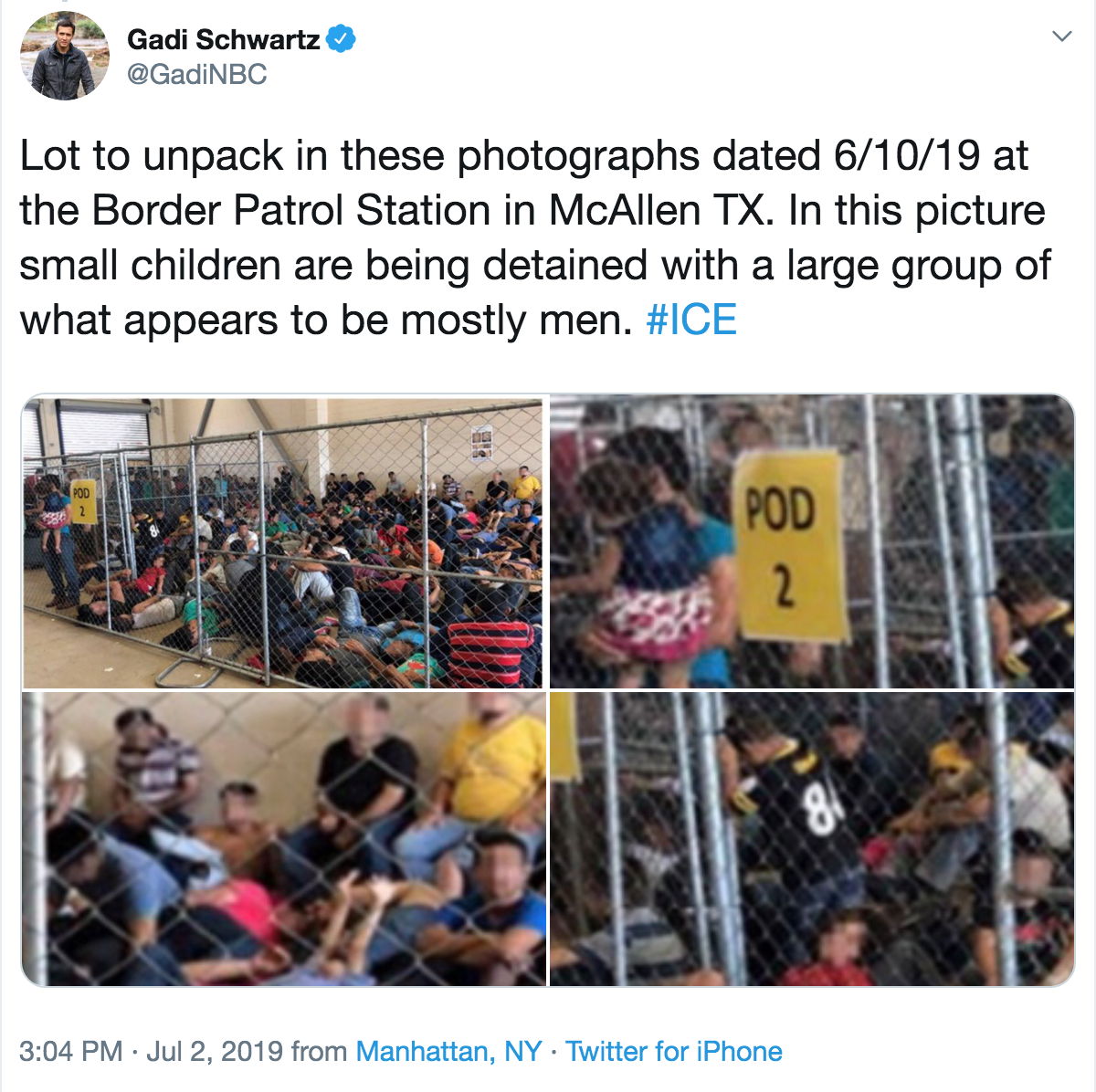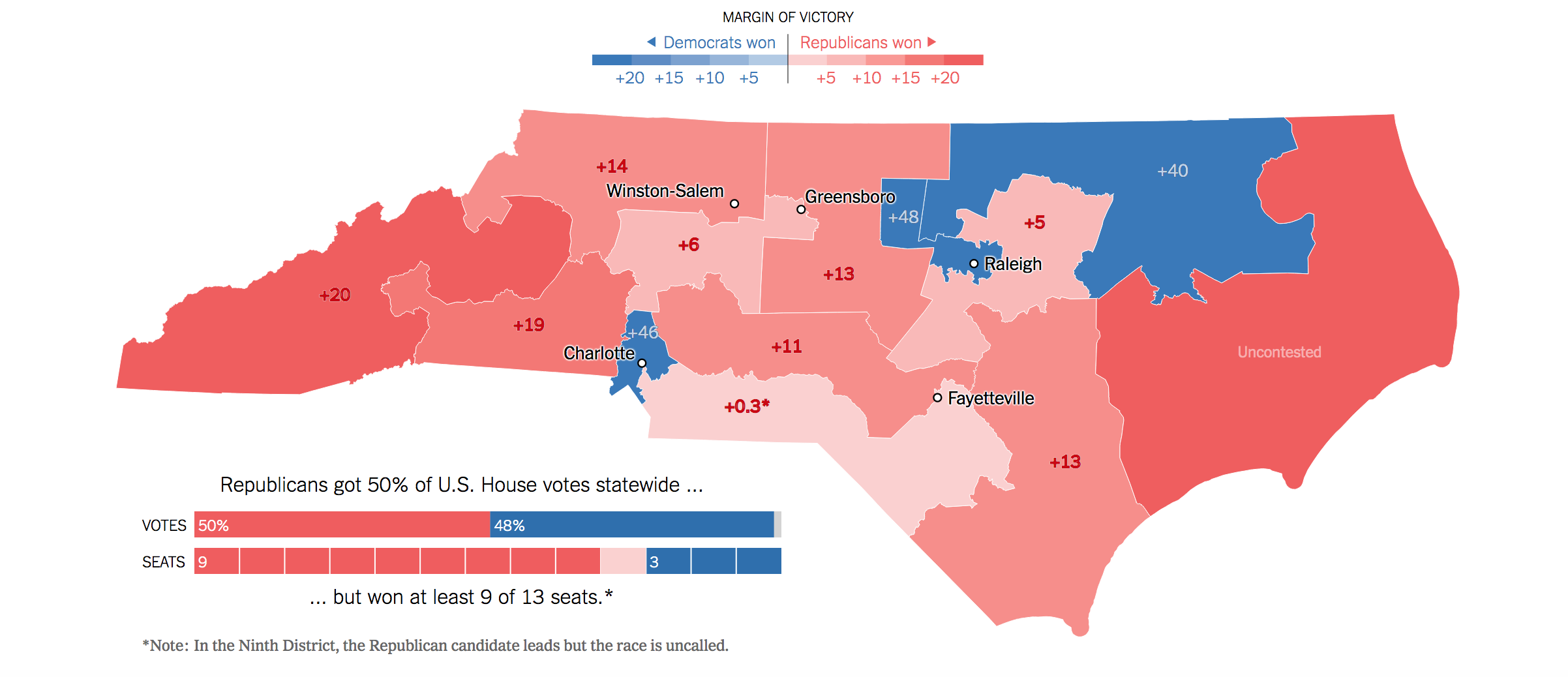Presidential elections where the winning candidate loses the national popular vote are becoming the new normal. It’s happened in two out of the last five elections, and would have happened again in 2004 if just 60,000 votes in Ohio had gone the other way. In future elections, we can expect a split between the electoral college and the national popular vote up to 30-40% of the time.
As Washington Post columnist E.J. Dionne writes:
There is nothing normal or democratic about choosing our president through a system that makes it ever more likely that the candidate who garners fewer votes will nonetheless assume power. For a country that has long claimed to model democracy to the world, this is both wrong and weird.
And there is also nothing neutral or random about how our system works. The electoral college tilts outcomes toward white voters, conservative voters and certain regions of the country. People outside these groups and places are supposed to sit back and accept their relative disenfranchisement. There is no reason they should, and at some point, they won’t. This will lead to a meltdown.
Fortunately, we do not have to accept a status quo that routinely and systematically disenfranchises voters. Under the National Popular Vote Interstate Compact, all votes would count equally—no matter who you are or where you live.






